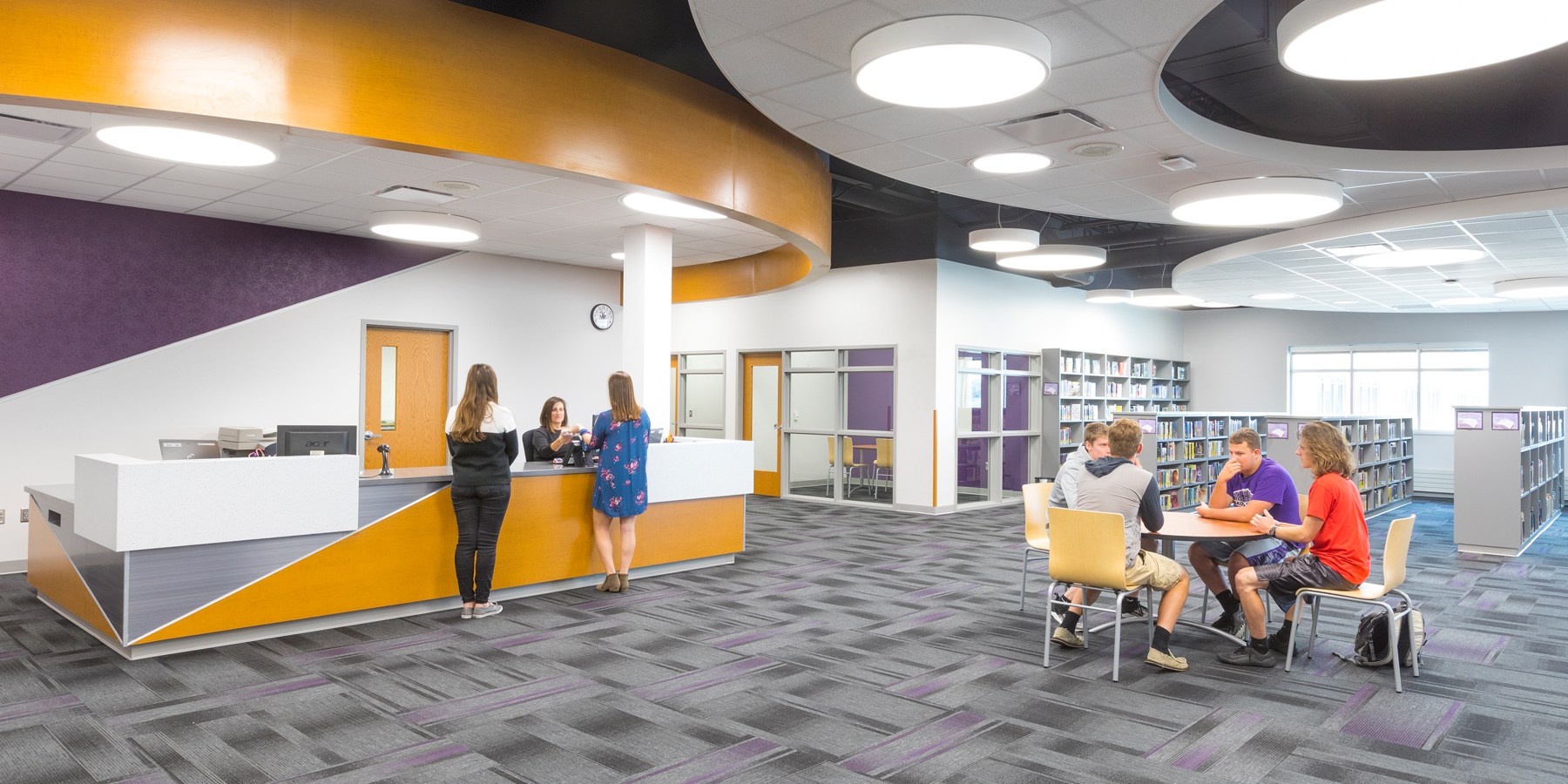
Stress can be a very strong negative force on a student’s academic performance – as well as their health and personal lives. When cortisol levels are elevated, the body has to work harder to regulate stress hormones, making it very difficult for pupils to concentrate on learning. And while architecture may not be the biggest contributor to stress, it is definitely a factor worth paying attention to. Especially when in the process of designing a school or educational space. So, what are some things we can do architecturally to help reduce student stress?
Simple is Better
When trying to reduce stress through a well-designed space, simple is often better. For students who are especially prone to stress in the classroom, their environment will have a strong influence on how well they’re able to recover and move on from stressful situations. And having more complexity in their space only adds to the problem. It's best to keep clutter to a minimum and stay away from more flamboyant colors. Clutter can have a detrimental impact on students in the classroom. And distractions like piles of material and busy noticeboards can lead to over-stimulation and make it difficult to concentrate. You don’t have to avoid bright colors, but you do need to be sensitive to the emotions that colors can evoke and remember that darker colors can create the illusion of a room being smaller than it actually is. By taking simple design principles like these into account, you'll have the power to create the appearance of more or less space, affect the absorption or reflection of light, and most importantly, naturally evoke different moods.
Flexible Spaces Reduce Stress
When students are forced to sit and concentrate for prolonged periods of time, it's natural to become restless, fidgety and have a tough time concentrating. And if a student can't concentrate when they need to, anxiety can quickly develop. Further reducing the ability to learn and engage with the topic at hand. This downward spiral of events can be completely avoided with a bit of forethought. By offering more flexible and functional spaces, it's easier for students to remain focused during lessons. This means flexible room setups that accommodate both collaborative and individual learning. This is ideal for many subjects and gives both extroverts and introverts a platform on which to learn.
Less Noise = Less Stress.
This is a pretty intuitive concept. But there's also science backing it up. A recent study conducted by the University of Salford took a look at student engagement and found that peripheral noise and room acoustics were a primary factor affecting the way students learn in the classroom. It's not very surprising that lots of noise will negatively affect concentration levels, but have you considered the affect it has on stress and anxiety? Disorganized noise can make it difficult for pupils to focus on the topic at hand. This makes noise reduction an important topic in K12 design. Removing reverberative hard surfaces, implementing effective soundproofing, and closing windows and doors are some ways you can decrease distracting noises in the classroom and promote a sense of quiet calm among pupils.
Our Responsibility
In a world where students are struggling – often silently – with increasing levels of stress and anxiety, we believe that architects hold a responsibility to design and create environments that provide everyone with an opportunity to be as successful as they can be. We aren't suggesting that architecture is the solution to all of our problems. But there's no doubt that the quality of our design changes how students experience and learn. And we think that's pretty important.



